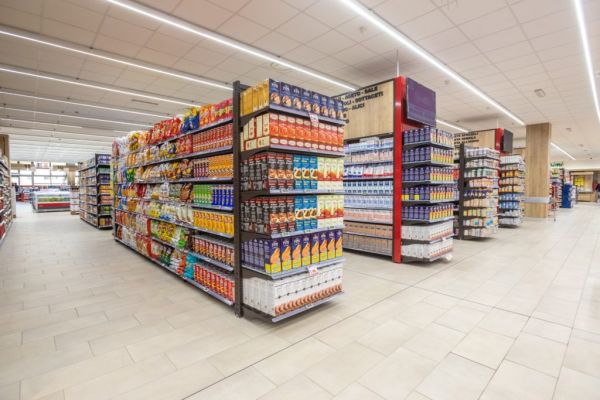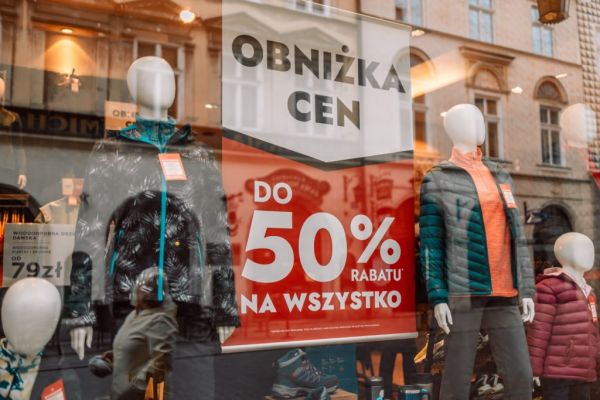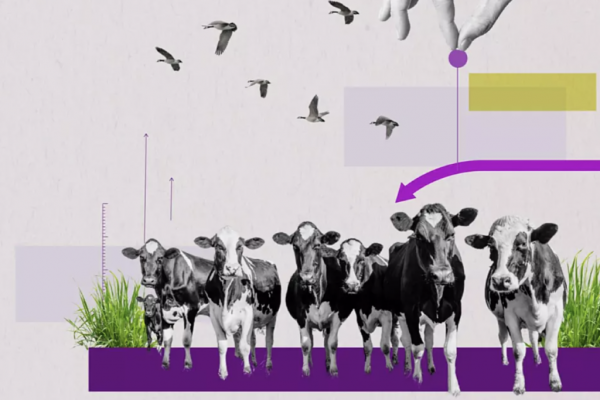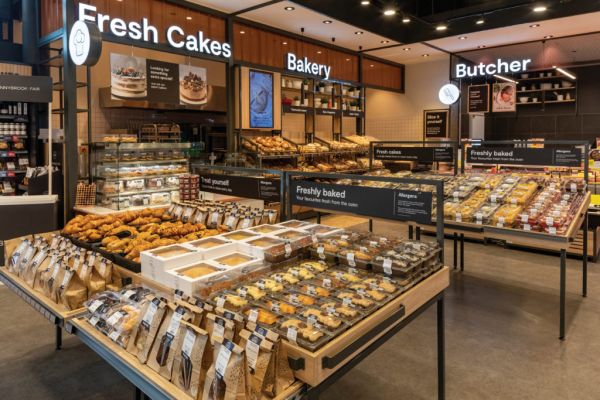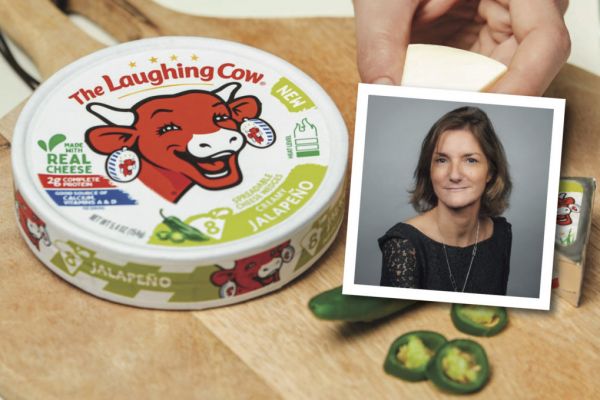Retailers can capitalise on consumers’ positive subconscious associations and emotional triggers by designing end-cap displays that capture joy. As a result, they can also increase brand awareness, customer satisfaction and gross revenue.
End-cap displays are one of the most crucial revenue drivers in the grocery retail sector. Whether the supplier or the retailer is in charge of maintenance activities like restocking or cleaning, both parties should take an interest in upkeep. After all, coordination on product organisation and tidiness leads to greater returns.
End-cap displays already offer immense benefits. They provide 93% more exposure than aisles, causing a 32% increase in sales. However, retailers leave money on the table if they merely recycle conventional strategies instead of innovating.
Appealing to consumers with end-cap displays has the potential to substantially increase grocery retail sales. Capitalising on subconscious associations and emotional triggers causes people to unconsciously connect the products with positive feelings, leading them to make more impulse purchases.
Design End-Cap Displays That Look New and Bold
While permanent or semi-permanent end-cap displays are beneficial, they often lose their novelty after only a few weeks. At that point, they blend into the environment and customers will direct less attention toward them.
On the other hand, temporary displays change often enough for consumers to remain curious and excited. They can even incentivise impulse purchases, increasing gross revenue over time. Retailers that want their designs to capture joy should rotate them frequently.
On top of frequently changing displays, retailers must create vivid visuals. While traditional versions positively impact revenue streams, a comparatively bold one can increase sales by 8.3% on average. Moreover, adding sound can lead to a further 86% jump in sales. Instead of consistently recycling styles, retailers should explore innovation.
Sometimes, designing an end-cap display around the products is the best strategy. Themed versions offer unique, eye-catching visuals, excite customers and increase brand awareness. Since consumers are often already familiar with a particular brand, they’re more likely to purchase it impulsively.
Appearance Impacts Customer Perception
Appearance significantly impacts consumer perception. Even if the features are organised in a visually appealing way, customers will only be drawn to an end-cap display if it visually stands out from the aisles.
Colour psychology is a powerful tool. The right combination can increase end-cap sales significantly. Bright, appealing shades trigger subconscious reactions, making people feel joy upon viewing. For instance, orange inspires excitement, yellow provokes impulsiveness and green causes decisiveness.
Lighting can also plays a key role because it establishes the product’s atmosphere. A brightly lit display will attract attention and look more visually appealing than one with dim bulbs. Retailers should experiment with backlighting and colours to capture the brand’s essence and inspire positive emotional connections with consumers.
An End-Cap Display’s Placement Is Everything
Where retailers place their end-cap displays impacts the effectiveness of their other design strategies. The layout is proven to influence customers’ purchasing behaviours substantially. Strategic ones can maximise gross revenue.
Naturally, location determines profitability. Placing end-cap displays at multiple high-traffic points instead of crowding them in one section can increase sales by 11.15% on average. Retailers can quickly raise this figure by strategically coordinating placement to trigger positive emotions.
When an end-cap display’s features align with the aisle consumers are in front of, they feel incentivised to enter it to browse for related items. Retailers that harness this behaviour to trigger positive mental associations can capture joy and increase complementary sales.
Instead of directing funds toward marketing, retailers can use subconscious connections to make consumers think about their positive relationship with the products. Coordinating an end-cap display’s placement with an aisle’s contents also has the potential to be financially beneficial.
Quality Feature Arrangement Can Spark Joy
End-cap displays revolve around spontaneity, so optimising product placement for impulse buyers is the best strategy. Retailers should arrange features for convenience, making them easier to identify and grab. Additionally, customers should be able to view items clearly from almost any angle.
Already, people are inclined to make last-minute purchases without thinking twice. In 2023, around 33% of United Kingdom consumers were just as likely to make impulse purchases in person as they were online. The challenge isn’t getting them to spend on a whim — it’s designing the end-cap display to capture their attention.
Impulse purchases already inspire joy because they provide customers with a sense of satisfaction and indulgence. Retailers can capitalise on this by making the features more accessible and enticing. Neatly arranged rows of small, inexpensive items immediately trigger a positive psychological reaction, increasing sales.
Retailers should also consider showcasing complementary products to incentivise multiple purchases. For example, they could feature flour, chocolate chips, brown sugar and premade cookie dough. To capture joy, they must consider the possible emotional associations they could trigger.
Designing an end-cap display and its features around a season, holiday or special occasion is a strategic move — customers already associate these events with joy and indulgence. Although retailers carry items like stuffing mix, potatoes, pie filling and gravy year-round, showcasing them for a limited-time affair will boost their sales.
While end-cap displays are already financially advantageous, their profitability can drastically increase if retailers design them to appeal to consumers’ senses and capitalise on their impulsive shopping tendencies.
Article by Emily Newton, Revolutionized
